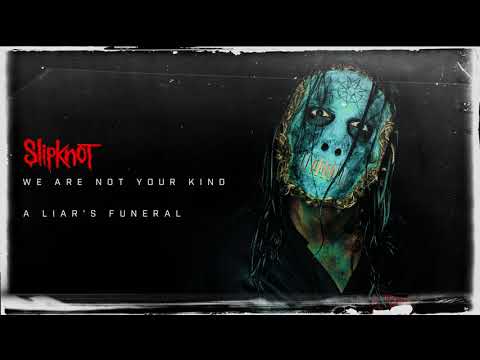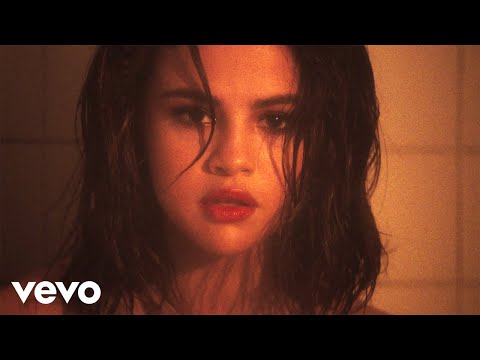Anyone who plays the bass guitar knows just how heavy and cumbersome this instrument truly is. It can be quite uncomfortable to play a bass guitar until you get used to it, and thankfully, there is one thing that can help to alleviate much of the discomfort: a good bass guitar strap.
There is likely not a bass guitar player in the entire world who doesn’t use a strap at some point, and in most cases, bass players always use straps. If you are just starting out and want to learn how to set up and adjust a bass guitar strap, keep reading.
Why do You Need a Strap for a Bass Guitar?
There are several reasons why anyone would need to use a strap while playing the bass guitar. For starters, this is a very heavy instrument, and if you try to stand up and play a bass guitar without a strap, you will be spending most of your time just trying to hold onto the instrument. Forget about even trying to play it at the same time!
Here are a few more reasons why you should always use a strap while playing the bass guitar.
- Comfort – As we have already said, the bass guitar is heavy, and having to hold onto it without a strap will get very uncomfortable within just a few minutes. Using a strap will allow you to be much more comfortable while playing, especially if you are playing for long periods of time.
- Back and Wrist Strain – When you are not using a strap, even while sitting down, the instrument can slip. When this happens, you end up adjusting your body to the guitar and not the other way around, and this can lead to back and wrist strain and pain.
- Proper Form and Technique – When playing any type of instrument, including the bass guitar, it is important to be able to use the proper form and technique. If you are wrestling with your instrument because you aren’t using a strap, you will never be able to use proper form and technique while playing.

Adjusting the Strap
Attaching and adjusting a bass guitar strap is relatively easy, and after a while it will almost become second nature. It is a good idea to get into the habit of putting on a strap every time you play, even if you are going to be sitting down.
In fact, many musicians simply leave the strap connected to their bass guitars at all times, so they never have to worry about making adjustments on the fly.
Let’s take a look at the steps involved in adjusting a bass guitar strap.
- The first step is to attach the thickest end of the guitar strap to the metal knob on the body of the guitar, located at the neck end. This is the strap pin.
- Next, attach the other end of the strap (the thinner end) to the strap pin that is located at the bottom of the bass body (this is also referred to as the end pin).
- Holding the instrument with your left hand (by the body or the neck, but it’s safer to hold it by the body), pull the strap over your head and right shoulder, making sure that your arm goes through. If you are a left-handed player, the strap will go over the left shoulder. The strap should be sitting on your shoulder and go down your back to connect with the end pin, so the strap rests beside your ribs.
- Now it is time to loosen or tighten the strap. Ideally, it will be long enough so it crosses over your belly button. Once the strap is in this position, you can do some minor adjustments in order to make it comfortable for you.
Remember, how you set up your strap is not written in stone. It is all about your own personal comfort.
One thing to keep in mind is that it is recommended that you start with the instrument up high, near your stomach or chest.
Then you can start lowering it until you find the level you are most comfortable playing at.
Keep in mind that while it may look a lot cooler to play any guitar while it is hanging lower, it is not always comfortable, and this can actually lead to some pretty serious back issues.
Conclusion
If you are serious about playing the bass guitar, you need to be serious about using a good strap. The strap is going to support the guitar so your hands are free to play, and it is going to ensure that you are always playing in the proper position and using the right form. This will help you to avoid back and wrist pain, and you will be able to play comfortably for hours on end.




















